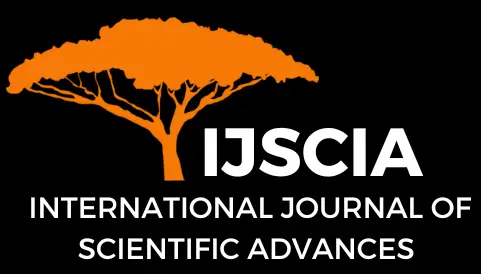Topical Testosterone Induces Acne Pilosebaceous Alterations on Rat Skin
Azhar Maulana1, Willy Sandhika1,2*
Abstract
Background and Aim: Testosterone is a key steroid hormone essential to numerous physiological processes, including male reproductive function and metabolism. While testosterone replacement therapy (TRT) is medically justified in clinically confirmed hypogonadism, an increasing number of over-the-counter (OTC) testosterone products are now marketed with minimal regulation or scientific support. This trend raises concerns regarding potential misuse and unrecognized dermatological risks. Consequently, this study was designed to investigate the safety and potential cutaneous side effects of uncontrolled topical testosterone application, focusing on histopathological skin changes using a rat model. Materials and Methods: A total of 14 adult male Sprague-Dawley rats, uniform in age and weight, were allocated to a post-test control group design. A defined area on the dorsal skin of each rat was shaved, with the upper half receiving topical testosterone while the lower half served as an untreated control. The animals were then divided into a treatment group (n=7) and a control group (n=7). Results: Topical testosterone resulted in notable pilosebaceous unit hyperplasia, evidenced by increased sebaceous gland size and hair follicle density. Histopathological evaluation revealed dilated hair follicles filled with keratinous material as a hallmark of comedone formation in acne vulgaris pathogenesis. Conclusion: These findings demonstrate that topical testosterone induces specific proliferative and keratinization-related changes in the skin. The resemblance to early acne lesions suggests a tangible dermatologic risk associated with Over-The-Counter (OTC) testosterone use, supporting the need for stricter safety assessments and regulatory oversight.
Keywords
human and medicine; drug safety; testosterone.
Cite This Article
Maulana, A., Sandhika, W. (2025). Topical Testosterone Induces Acne Pilosebaceous Alterations on Rat Skin. International Journal of Scientific Advances (IJSCIA), Volume 6| Issue 3: May-Jun 2025, Pages 613-617 URL: https://www.ijscia.com/wp-content/uploads/2025/06/Volume6-Issue3-May-Jun-No.900-613-617.pdf Volume 6 | Issue 3: May – Jun 2025


